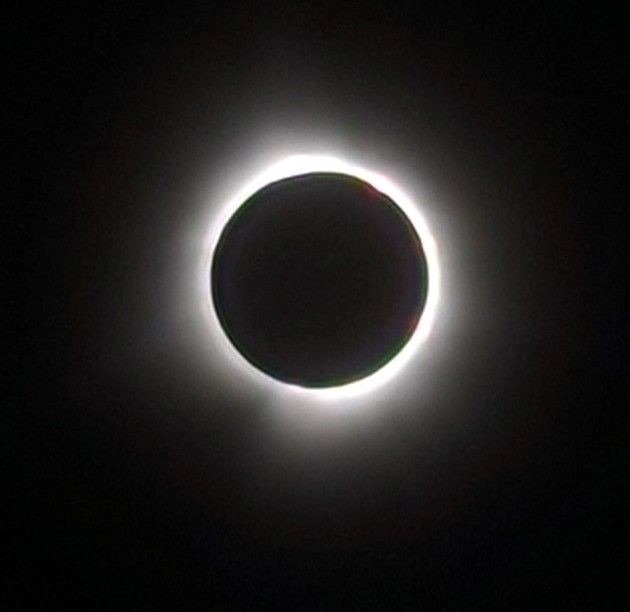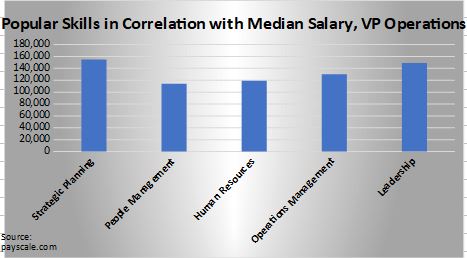The IESO’s Solar Eclipse Preparation and Ontario’s Evolving Energy Mix

June 28, 2024
By Blake Marchand
The April 8, 2024, total solar eclipse was the first since 2008, although that event was only visible from Nunavut. The last total eclipse visible from Ontario was 1979 and the next one in Canada is slated for 2044. This time around there was some disappointment across Ontario due to cloudy conditions. Despite the cloud cover, the eclipse did have an impact on the solar generation in the province. We spoke to IESO’s Sr Manager, System Operations, Joseph Ricasio to gain some insight into how Ontario’s energy regulator prepared for the event.
During the eclipse Ontario’s solar generation dropped about 1800 MW to 70 MW, which was approximately enough energy to power half of Toronto.

“Preparation actually starts really early. We just don’t do things days before and execute in real time. We actually started maybe in December, months back – we’re continuously looking ahead, looking at weather patterns, for example, we knew the solar eclipse was coming. So that’s where we work with weather forecasters, meteorologists to ask, what illumination can we account for and what potential impacts would we see?”
They also leverage past experiences. The 2021 partial eclipse, for example, provides insight into how to manage the event, IESO’s operators train throughout the year for events like the solar eclipse.
“We have a whole operations planning piece right before real time and then real time is when we execute the plan, depending on what materializes,” Ricasio noted.
“One lesson learned from me – some people might say… ‘Hey, it was a cloudy day. We didn’t expect that much of an impact’, but the cloud positions make a difference. So, the areas where there was a lot of these demand side or distributed side solar panels, they didn’t have as much cloud cover. This is where we saw a bigger drop.”
The unique thing about the eclipse is how fast solar ramps up and down. IESO leaned on hydro and natural gas to compensate during the eclipse.
“It’s faster than the typical morning and evening ramp ups this time of the year,” he explained, noting that the time of year impacts how fast solar ramps up and down.
At the time of the eclipse, it was a lower demand season than the winter and summer months where AC and heat are running at a high rate. Although, as a result of the eclipse, more people were at home consuming energy, which ticked up the demand.
Overall, demand factors depend on the time of year, the weather, the day of the week, even major events like the Olympic hockey gold medal game can impact demand.
“That’s where we are continuously preparing,” noted Ricasio.
“From a long-term perspective, this is where there’s outages and maintenance and equipment that we have to account for, and we want to make sure we don’t accept too many outages,” he explained.
IESO’s mandate is to ensure that there is enough energy supply to meet the demand on the electrical grid, “it’s not only that we supply, or we balance the grid, we make sure that there’s enough generation to meet the supply, we have to continuously be able to provide that if we lose any equipment on the system – so, if we lose a generator or a transmission line, we have plans to ensure that’s continuously provided so we can withstand the loss of an element.”
“The good thing with Ontario is we have one of the most diverse generation supplies in the world and it’s a big advantage because every generator type has advantages.”
Energy storage and DERs

Along with discussing how IESO prepared for the solar eclipse we touched on a few other topics with Ricasio, like energy storage and a recent investment the federal government made into the IESO.
The IESO is investing in more energy storage, including a couple projects announced recently in collaboration with Evolugen and Potentia Renewables, and late last year, proposed 2,000 MW of new clean energy supply, to help the province in its transition to net-zero. The IESO could potentially have 3,000 MW of storage on the grid by 2028.
Here Ricasio discusses the impact of energy storage on maximizing the renewable energy mix, and how it can contribute to a more reliable and sustainable system:
“The big advantage with storage is you can now shift the supply from a different time period to another. For example, overnight, people are sleeping, we don’t need as much electricity, but we have a lot of base load generation – nuclear is always running, hydro is always running the base load, wind is always on,” Ricasio explained. “Oftentimes those are running, but we don’t need that electricity. So, this is where storage can come in, where now we can consume that and save it for later when we need it.”
With storage, he explained, you can bank the renewable energy production and displace other types of generation at other times.
“This is where we have an innovations team and a long-term planning team – we’re going through a lot of transformation the next 10 years-plus, as we all try to electrify the grid and become greener.”
As part of a recent federal government investment, IESO is working on an initiative to incorporate distributed energy resources (DERs) into the larger energy mix.
“They make an impact,” he noted of DERs on the low side, “It showed here with the solar eclipse, because not all of the solar is connected to the high side, actually the majority of it was in the low side of the grid.”
“This is now where visibility is going to be important and understanding how these distributed resources will impact the grid from that aspect.”
The new initiative will make it easier to incorporate DERs on the low side by using aggregators to compile data in one central resource.
Ricasio said it will help them bridge the gap, allowing them to closely monitor DERs and incorporate them into the broader energy market.
The investment will also help IESO develop a control centre for energy storage to show the state of charge for storage facilities to give them real-time awareness of available storage, and as previously mentioned, they will be able to use aggregators to consolidate smaller resources in municipalities around the province. This will include supply as small as 100 kW like commercial and industrial rooftop solar.
Last thoughts on the eclipse
As Ricasio said, the IESO is constantly monitoring and forecasting supply and demand across multiple teams. The eclipse provided them with another opportunity to learn and prepare for other types of events in the future.
“I just want to say that I was happy with the team,” said Ricasio, “There was a lot of planning. We monitor the grid 24/7 365 days a year and the teams did amazing from planning to execution.”
Beyond that, it will be interesting to see how their new initiatives with energy storage and DER aggregation will impact Ontario’s energy transition and enable a more renewable energy mix.
For more information on IESO visit: ieso.ca
















